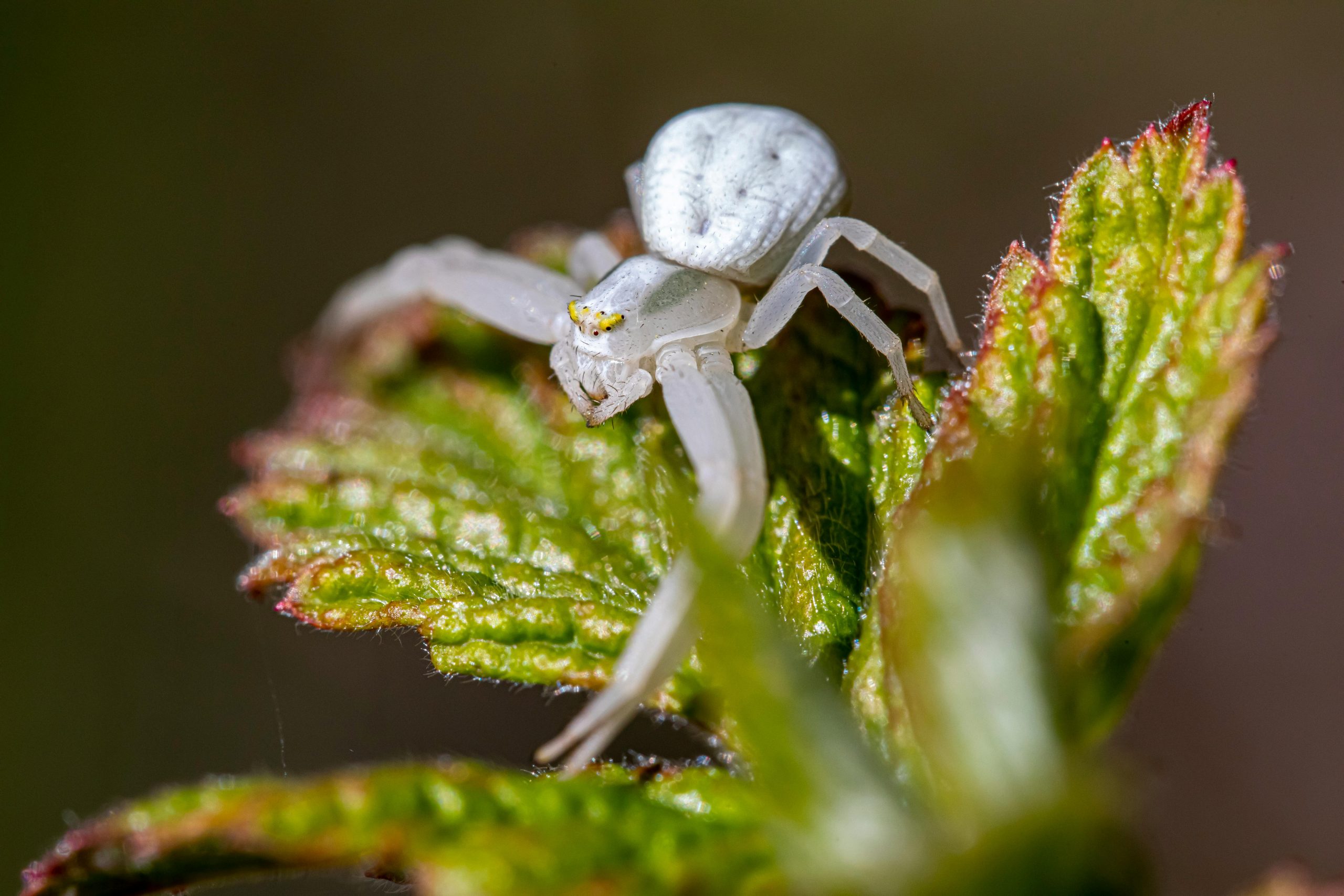Nature never ceases to amaze us with its endless surprises. Over the past decade, scientists and explorers have uncovered some of the most bizarre and mind-boggling wildlife discoveries that challenge our understanding of life on Earth. From deep-sea creatures that glow in the dark to frogs that give birth through their skin, these findings remind us just how strange and wonderful the animal kingdom can be. Here are some of the weirdest wildlife discoveries of the decade that will leave you astonished.
The Glowing Sea Turtle
In 2015, researchers made an astonishing discovery off the coast of the Solomon Islands—a biofluorescent sea turtle. Unlike bioluminescent creatures that produce their own light, this hawksbill sea turtle absorbs blue light and re-emits it as green, red, or orange. The phenomenon, previously only observed in corals and some fish, was the first recorded instance of biofluorescence in a reptile.
Scientists believe this adaptation might help the turtle with camouflage, communication, or even attracting prey. The discovery has opened new avenues for research into how reptiles perceive and interact with their environment.
The Frog That Gives Birth Through Its Skin
In 2014, a team of researchers in Indonesia stumbled upon a bizarre reproductive strategy in the Limnonectes larvaepartus fanged frog. Unlike most frogs that lay eggs, this species gives birth to live tadpoles—but with a twist. The female frog releases the tadpoles through her skin, a method never before documented in amphibians.
This discovery has reshaped our understanding of amphibian reproduction and raised questions about the evolutionary advantages of such a unique birthing process. Scientists are now studying whether this adaptation helps protect the offspring from predators or harsh environmental conditions.
The Ghostly Octopus from the Deep
In 2016, a team of deep-sea explorers discovered a pale, ghost-like octopus near Hawaii, which they nicknamed “Casper” after the friendly cartoon ghost. This octopus, belonging to an entirely new species, lacks the pigment cells found in most cephalopods, giving it an eerie, translucent appearance.
What makes this discovery even stranger is the octopus’s behavior. Researchers observed it cradling its eggs in a never-before-seen brooding position, suggesting a unique parenting strategy. The find has sparked interest in the hidden diversity of deep-sea life and the adaptations required to survive in such extreme environments.
The Zombie Fungus That Controls Ants
While the Ophiocordyceps fungus, also known as the “zombie fungus,” was known before this decade, recent studies have revealed even more terrifying details about its behavior. This parasitic fungus infects ants, hijacking their nervous systems and forcing them to climb to a high point before killing them. The fungus then sprouts from the ant’s body, releasing spores to infect more victims.
Researchers have now identified multiple species of this fungus, each targeting specific ant species with frightening precision. This discovery has not only captivated horror enthusiasts but also provided insights into the complex interactions between parasites and their hosts.
The Translucent Snail with a Metal Shell
In 2019, scientists exploring the depths of the Indian Ocean discovered a snail with a shell made of iron sulfide. The Chrysomallon squamiferum, commonly called the “scaly-foot gastropod,” lives near hydrothermal vents and has evolved a unique armor to withstand the extreme pressure and heat.
What makes this snail truly bizarre is its translucent flesh and the presence of iron in its shell, a feature rarely seen in nature. Researchers are studying this snail to understand how life can thrive in such hostile conditions and whether its adaptations could inspire new materials for human use.
Conclusion
The past decade has brought us some of the most extraordinary and bizarre wildlife discoveries, each one pushing the boundaries of what we thought possible. From glowing turtles to zombie-controlling fungi, these findings highlight the incredible diversity and adaptability of life on Earth. As scientists continue to explore the uncharted corners of our planet, who knows what other strange and wonderful creatures await discovery? One thing is certain—nature will always find a way to surprise us.
